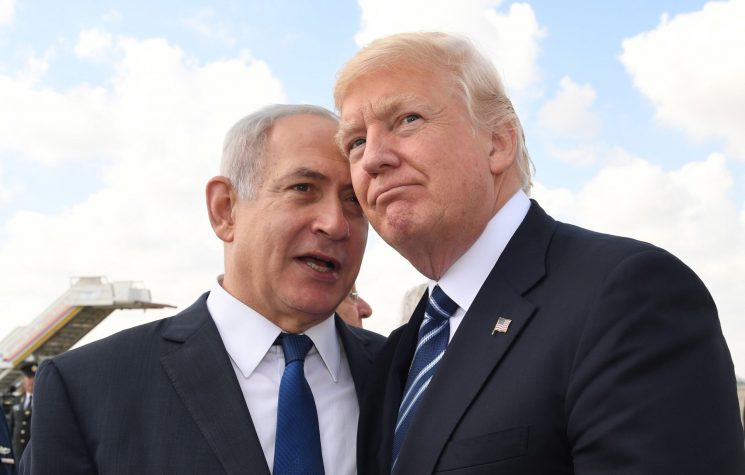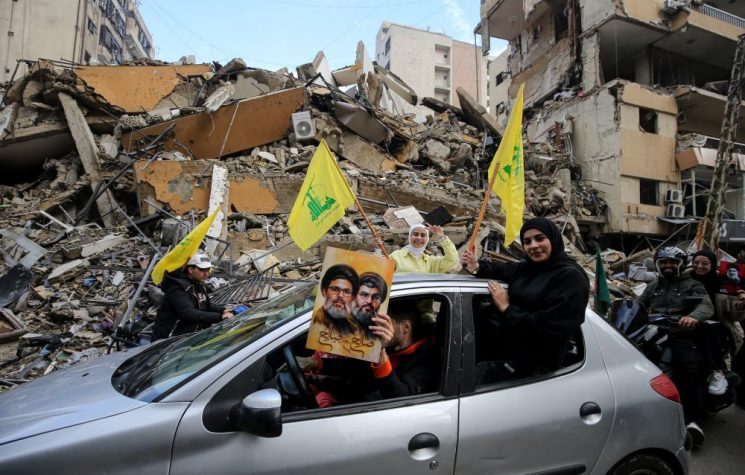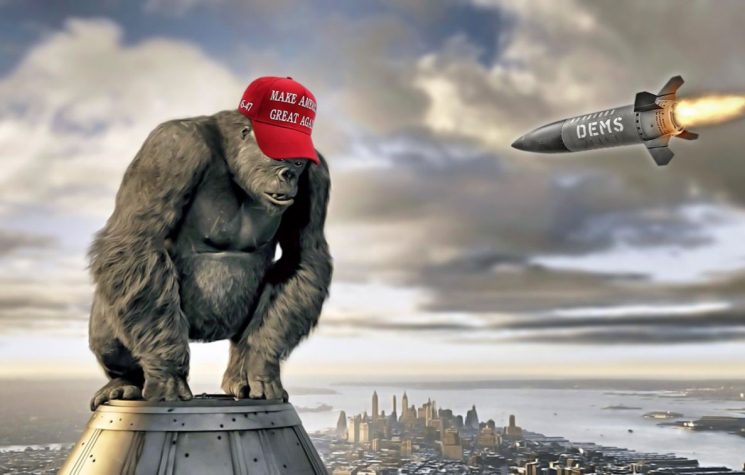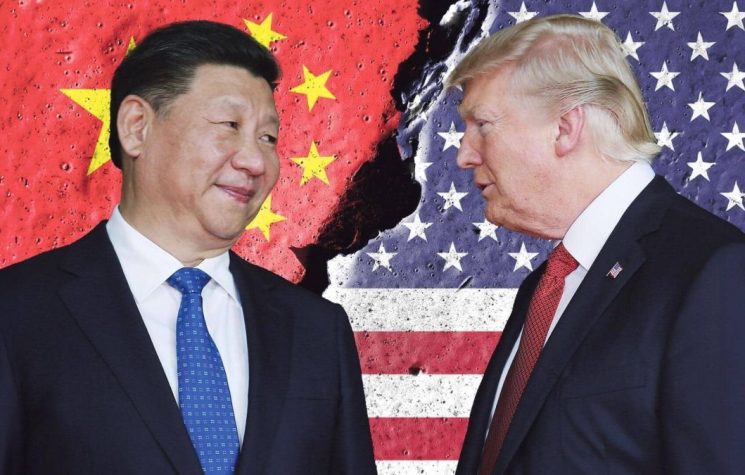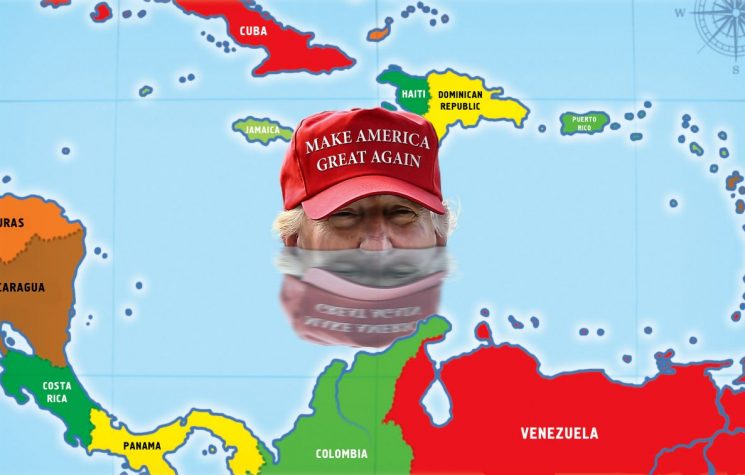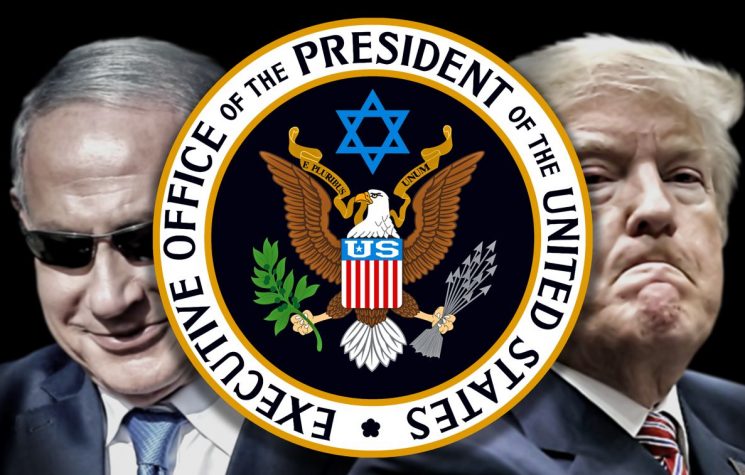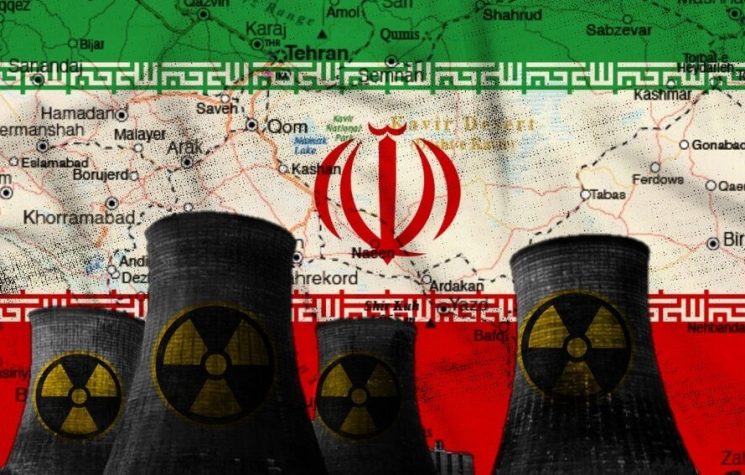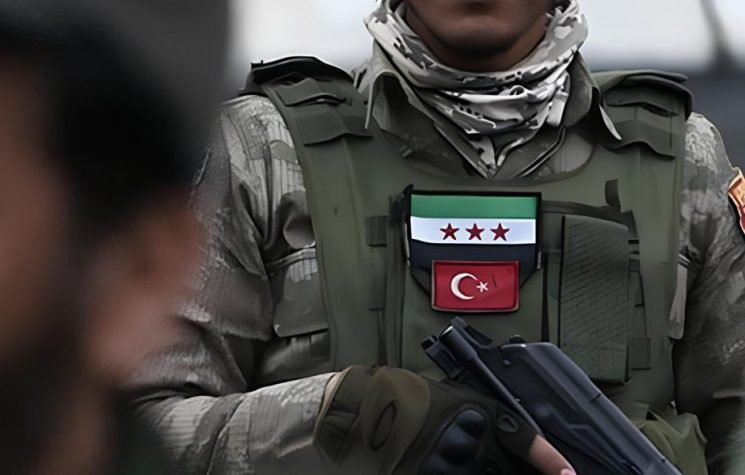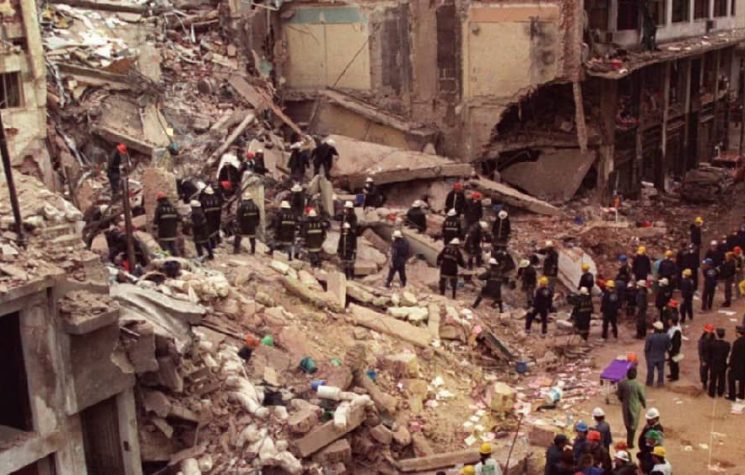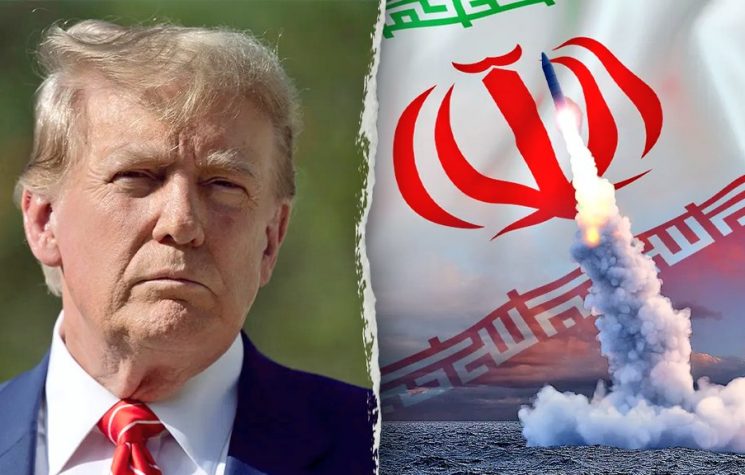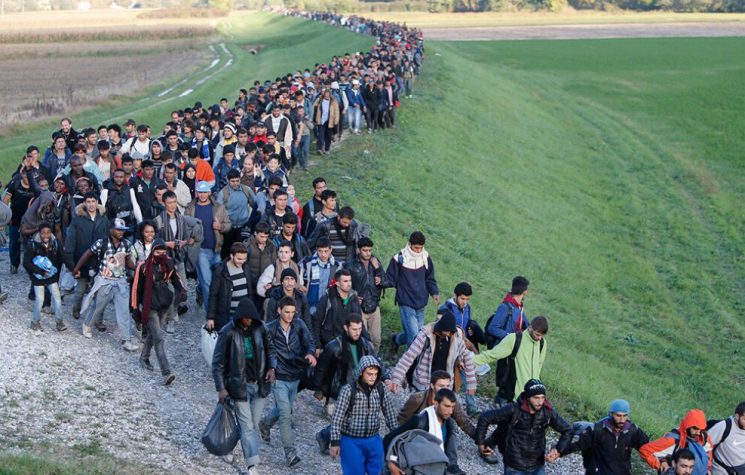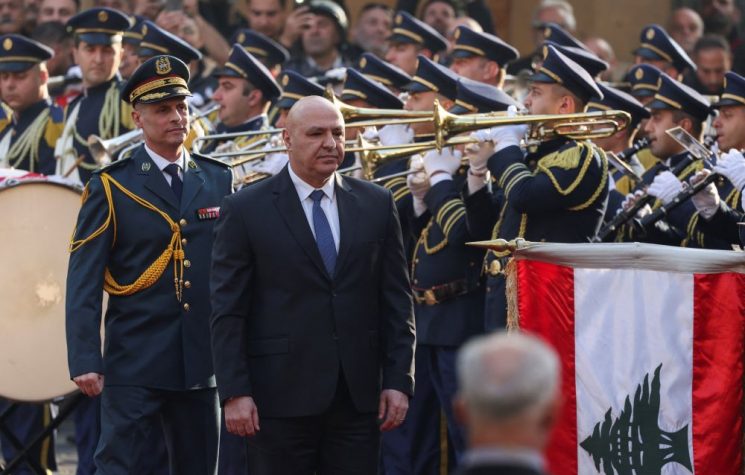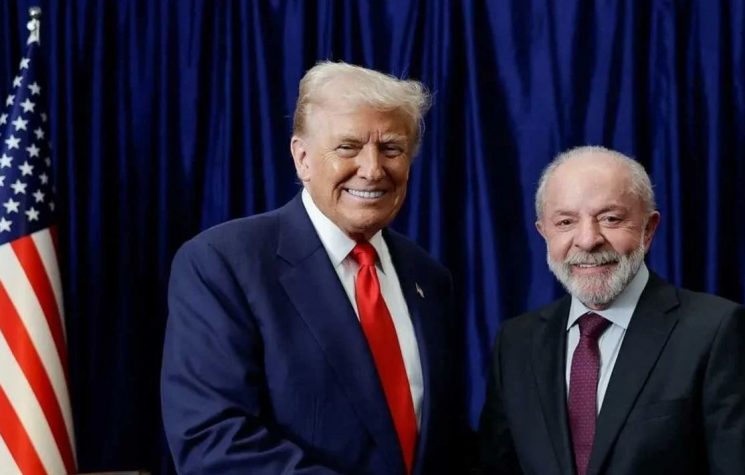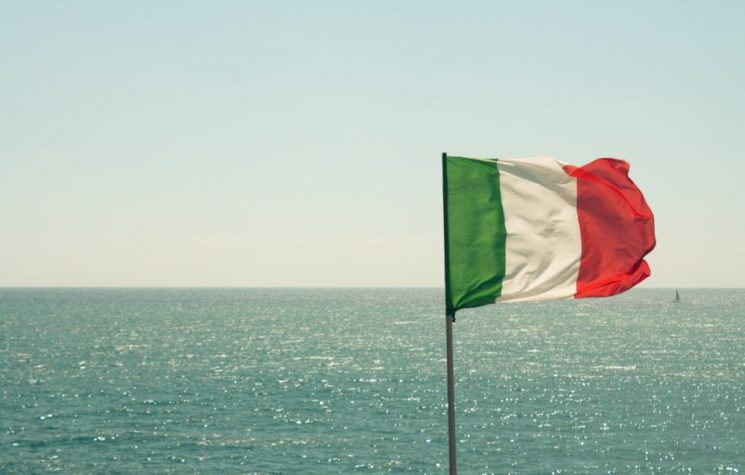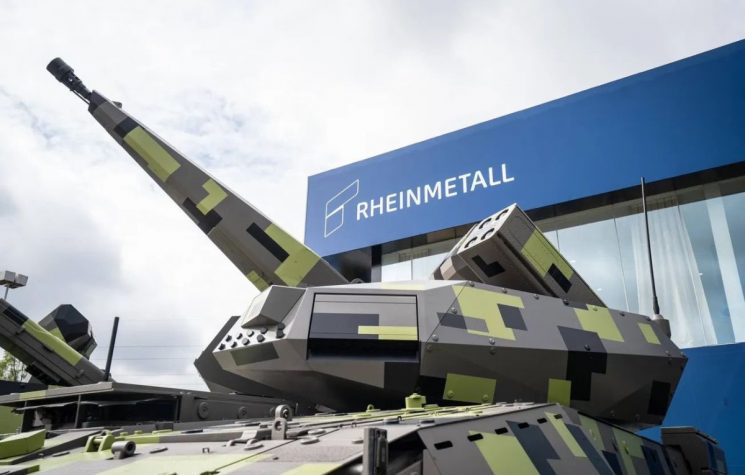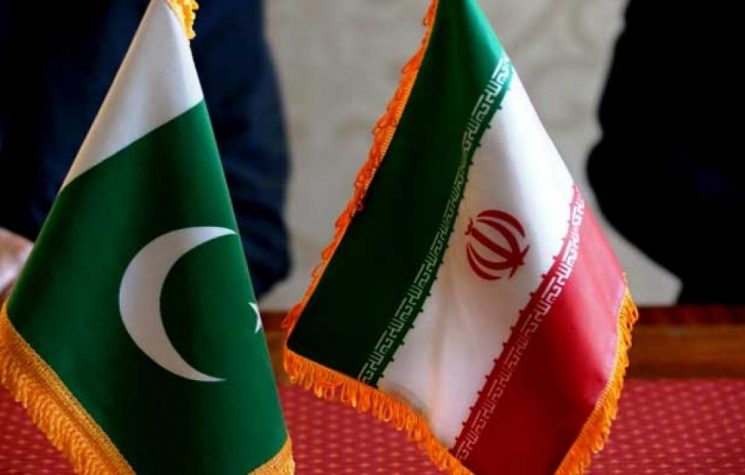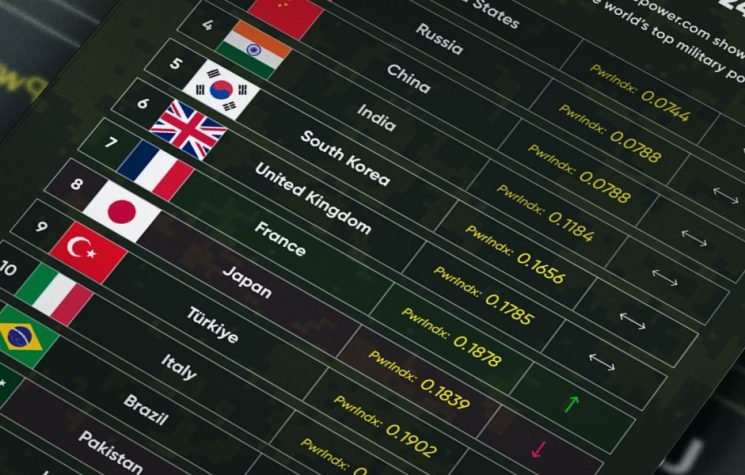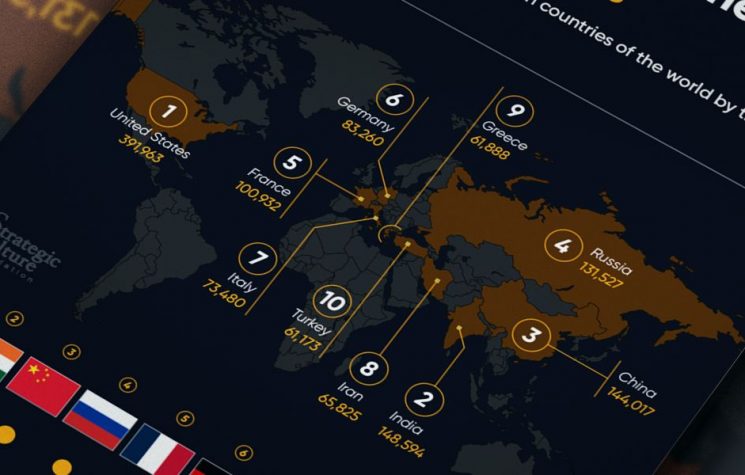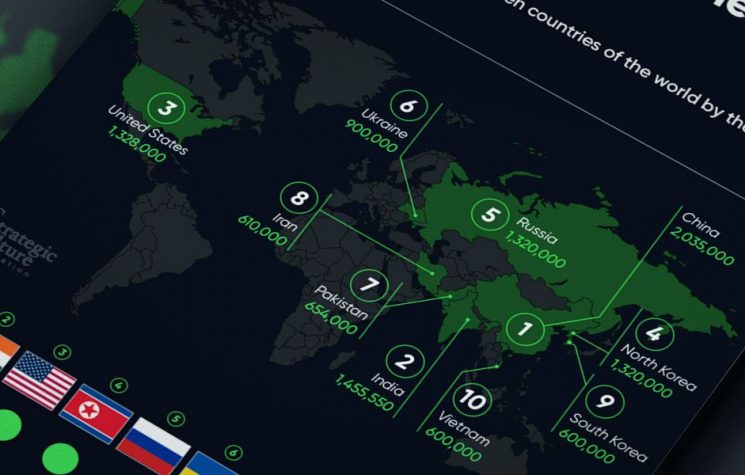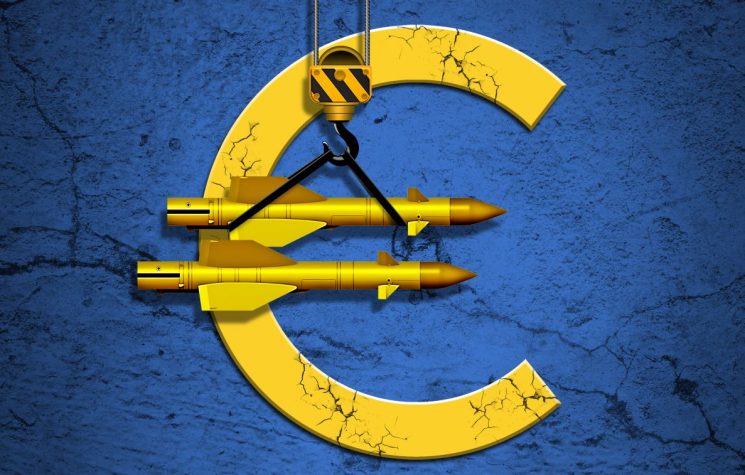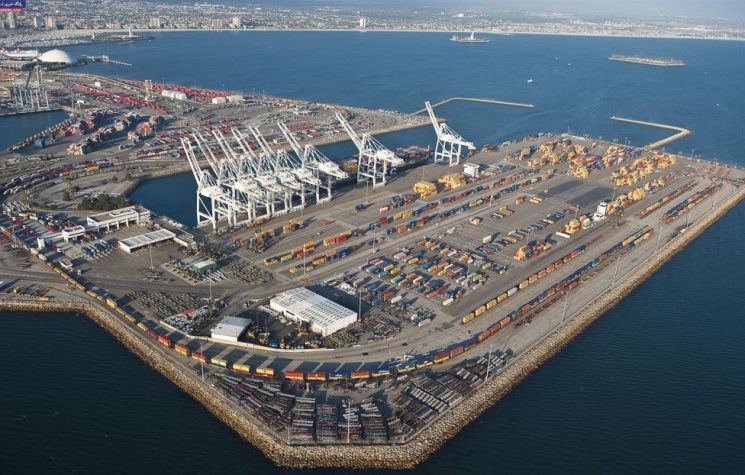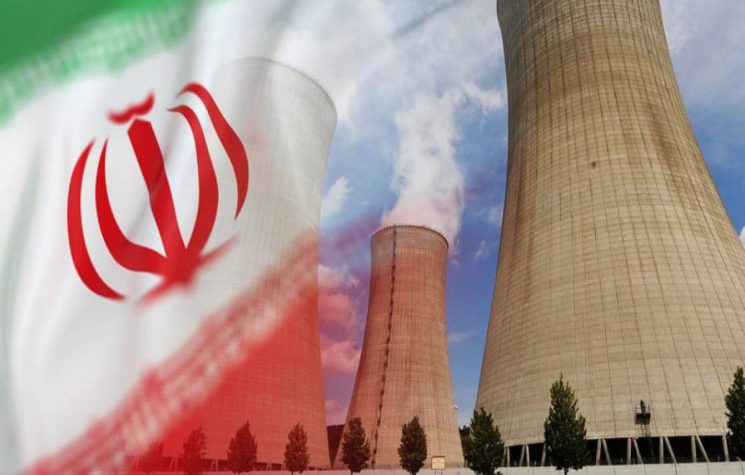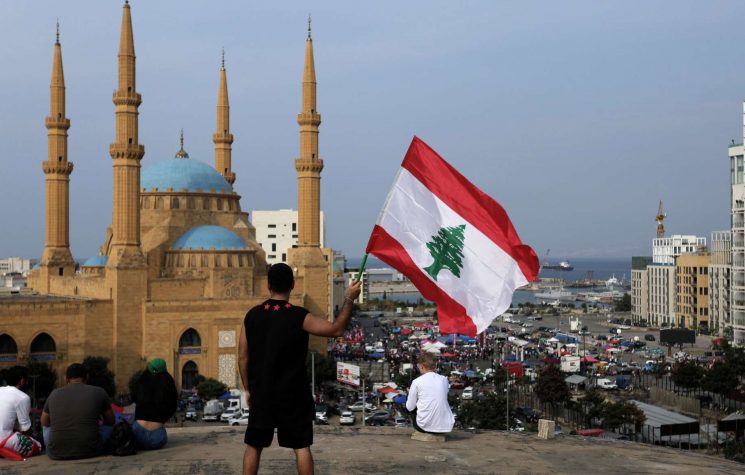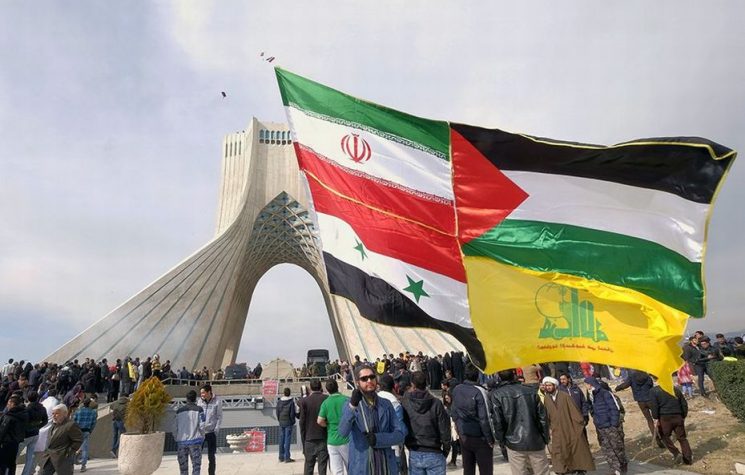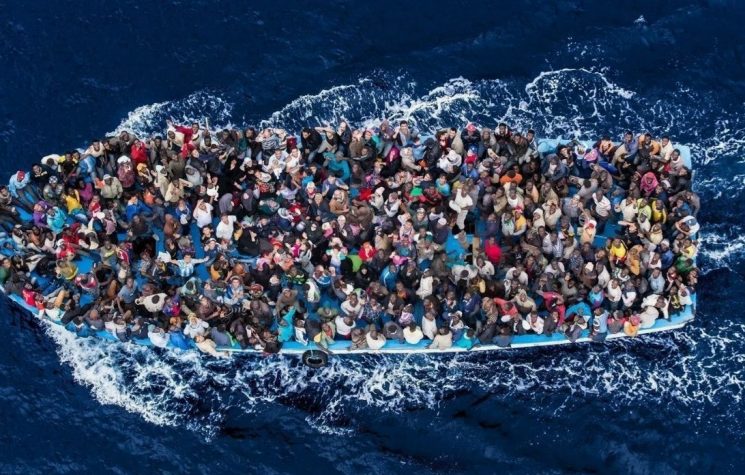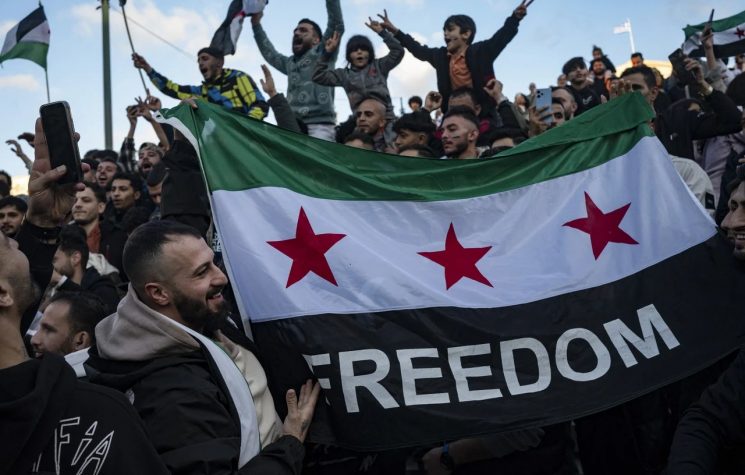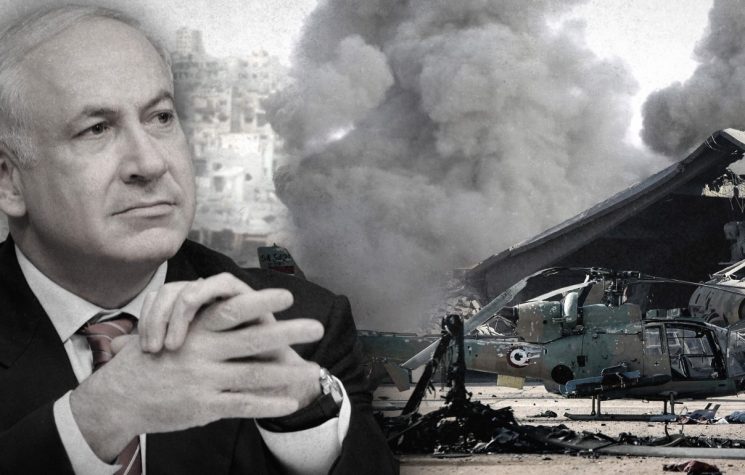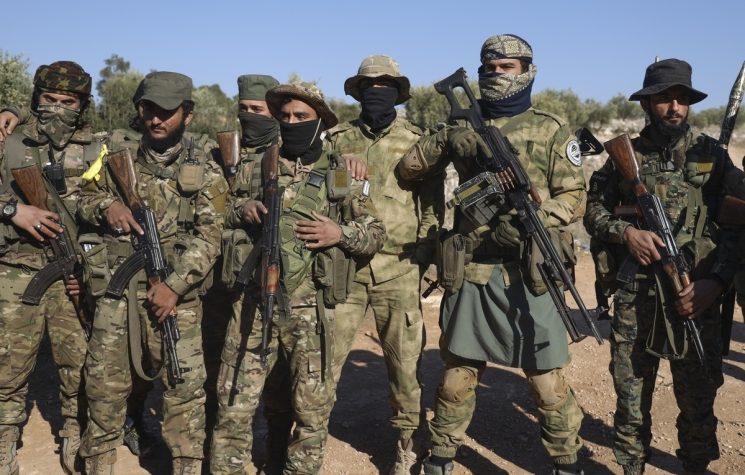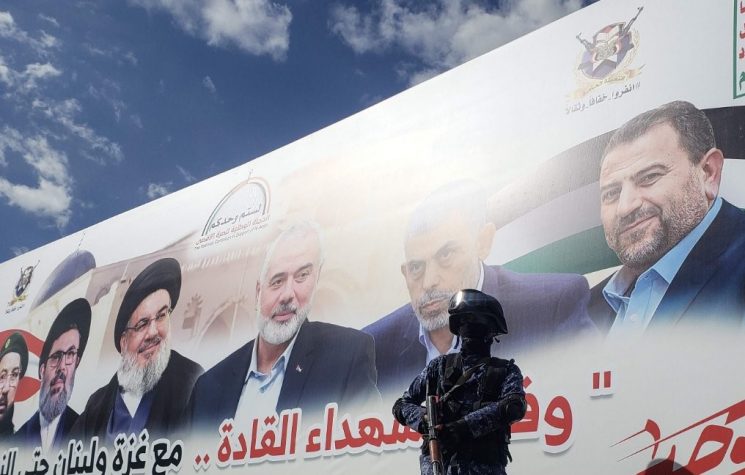The Resistance seeks to maintain their calibratory control for attriting Israel, whereas Israel wants to move directly to its ‘Armageddon vision’.
❗️Join us on Telegram![]() , Twitter
, Twitter![]() , and VK
, and VK![]() .
.
Contact us: info@strategic-culture.su
Israel’s dual strategy for Lebanon is to exert pressure through direct raids to instil fear amongst the wider population, whilst deploying diplomatic pressure to purge Hizbullah – not just from the border, but from regions beyond the Litani River (some 23 kms to the north).
Only Hizballah doesn’t budge.
It remains adamant: It will not be displaced from its historic homelands in the south – and refuses to discuss the matter at all.
“If this threat is not removed diplomatically, we will not hesitate to take military action”, Israeli ministers repeatedly insist. A poll by the Israeli (Hebrew) newspaper Ma’ariv showed that 71 percent of Israelis believe Israel should launch a large-scale military operation against Lebanon to keep Hizbullah away from the border. Again, the U.S. accepts the Israeli lead – that Israel needs to mount a military operation in Lebanon.
Special U.S. Coordinator, Amos Hochstein, whilst emphasising the absolute need for Israeli residents to return to their homes in northern Israel, says that the U.S. nonetheless is seeking to keep the conflict in Lebanon to the lowest level possible. He outlined:
“What we’ve been trying to do is to make sure that we can contain the fighting to the lowest level possible and to work on lasting solutions that can bring a cessation of hostilities. We’re going to have to do a lot of building up of the Lebanese Armed Forces; we have to build up the economy in south Lebanon. That’s going to require an international coalition of support, not just the U.S.”.
Put simply: Hizbullah has created a buffer ‘fire-zone’ inside Israel, extending over 100 kms laterally and penetrating 5-10 kms deep. Israel wants that buffer back, and now insists on having its own buffer deep into Lebanon – to ‘reassure’ its returning border inhabitants that they will be safe.
Hizbullah declines to yield an inch whilst the war in Gaza continues – thus fusing together the two issues.
But Netanyahu has made plain that the war in Gaza must continue – a long process – until all Israel’s (likely unrealisable) objectives are met. But the issue of displaced Israeli civilans is becoming immediate. Tension throughout the region is high and building, as a fraught Ramadan approaches, and an Israeli incursion into Rafah looms.
Israeli media reports:
“U.S. officials worry Ramadan may become a ‘perfect storm’, leading to a regional blow-up. Netanyahu’s capitulation to his far-right coalition partners regarding Israeli Arabs’ access to the Temple Mount/Al Aqsa compound during Ramadan has alarmed U.S. officials, though this is just one of many factors sparking concern that a series of worrying trends could coalesce and cause Middle East tensions to spill over during the next couple of weeks”.
Currently, there is a short ‘time out’ whilst hostage negotiators gather in Cairo and the U.S. ‘pulls every string’ it can to obtain a substantive ceasefire.
But sooner or later Israel will begin a military operation in Lebanon (in one sense, this is already well under way). The Israeli cabinet feels compelled to find a way to restore deterrence. Minister Smotrich said that this aim, in the final analysis, trumps even the hostage return.
When Israel does act in Lebanon, the Resistance may recalibrate via several possible avenues (apart from that pursued by Hizbullah): Iraqi resistance allies might resume strikes on U.S. bases, Syria might assume a more prominent role and Houthi forces might raise the level of attacks on Israeli, U.S. and UK linked shipping.
And here is the paradox: the ‘solution’ on which the U.S. relies for keeping violence down – that is to say, U.S. ‘deterrence’ – no longer deters. There has been a tectonic shift in conceptual thinking towards U.S. ‘deterrence’ amongst resistance forces – a shift in tactics which has not registered sufficiently, if at all – in the western consciousness.
Sergei Witte, a military historian, has described the conundrum succinctly:
“To begin, one must understand the logic to American strategic deployments. America (and NATO) has made generous use of a deterrence ‘tool’ colloquially known as the Tripwire Force. This represents an undersized, forward-deployed force located in potential conflict zones – with an eye to deterring war by signalling the American commitment to respond”.
Tripwires however can be double-edged. Although deterrent in concept, in the hands of Israeli and American Iran-hawks, these undersized and vulnerable bases metamorphose from deterrent into ‘tethered goats’ designed to attract a swooping attack from some (claimed Iran-linked) ‘vulture’; and hey-presto the hawks get their long-sought Iran war. That is basically why U.S. forces remain in Syria and Iraq. The ‘fighting ISIS’ label basically is ho-ee.
The conundrum – and indeed the limits to these skeletal forward deployments – is that they are too small to credibly deter attack, but large enough to invite it (potentially from irate Iraqi militia forces enraged about Gaza massacres).
Hochstein tells us the U.S. plan is to “manage” the conflicts (Gaza, West Bank and Lebanon) down to the lowest level possible. Yet, bluntly put, retaliatory strikes on militia – the standard response in the American toolbox – is relatively useless for containing violence; it provokes rather deters. As Witte concludes:
“We see [such] dynamics at play in the Middle East, where America’s falling deterrent powers may soon force it to take more aggressive measures. This is why those voices calling for war with Iran, as deranged and dangerous as they may be, are actually keyed in on a crucial aspect of America’s strategic calculus. Limited measures no longer suffice to intimidate, which may leave nothing in the stable except the full measure”.
This is where Iran and the Resistance play their paradoxical part. The U.S. (neo-con zealots notwithstanding) does not want a big war; nor does Iran. The latter however seems to understand that Iraqi militia attacks on U.S. bases may put pressure on the U.S. to withdraw from Iraq, but conversely these strikes also provide the neo-cons with the pretext (Iran as ‘head of the snake’) to push for maximal war on Iran.
The Iranian and Axis’ interest is twofold: First, to retain the power to carefully calibrate the intensity of conflict; and secondly, to keep escalatory dominance in their hands. As Al-Akhbar notes:
“The Resistance, with all its branches, is not about to cave to the Israeli conditions that shall open the way for a major change in the equation that shields Lebanon. Any subsequent agreement will depend on the positioning that the Resistance chooses to preserve its deterrence and defense capacities”.
Hence, in Iraq, the Head of Quds Force within the IRGC has advised Iraqi militia forces to ceasefire for the time being. (This anyway serves the Iraqi government’s interest which is seeking the exit of all U.S. forces from Iraq).
The ‘tripwire’ toolbox of the West is a classic example of a strategic paradox. An evaporating deterrent advantage risks forcing the U.S. to go to massive military over-match (even when it might not want to do so). And so, America faces checkmate. Its chess piece is stuck on one square (the Zionist ‘King’), but every potential move thereafter promises only to worsen the initial situation.
Furthermore, the U.S. is check-mated by the cognitive block of being unable fully to assimilate the conceptual ‘deterrent shift’ wrought by General Qassem Suleimani and trialled during Israel’s 2006 war against Hizbullah.
Israel, like the U.S., has long enjoyed air superiority. How has the resistance resolved to answer this? One element proved to be the burying of forces, missiles, and all strategic assets at a depth that even bunker-buster bombs cannot reach. Missile launchers can emerge from the depths, fire and be buried within 90 seconds.
A second is a constellation of fighters formed into autonomous units who are prepared for continuous fighting according to a pre-set plan, for up to a year or two – even were all communications with HQ to be completely severed.
In 2006, Hizbullah understood that Israel’s civilian population had only a very limited capacity to sustain a daily concentrated missile bombardment, and conversely Israel didn’t have the munitions for prolonged air attack. In that war, Hizbullah maintained continuous rocket and missile barrages for 33 days. It was enough; Israel sought an end to the war.
The lesson is that today’s wars are wars of attrition (i.e. Ukraine), rather than ‘arrow assaults’. Thus, the Resistance seeks to maintain their calibratory control for purposes of attriting Israel, whereas the Israeli cabinet wants to move directly to its ‘Armageddon vision’.
Some of this inability to absorb the implications of this new asymmetric warfare of General Suleimani – (hubris plays a big part) – goes to explain how the U.S. can be so sanguine to the risks run, both by the U.S. and Israel – risks that seem obvious to others. NATO-trained officers simply cannot conceive how a military power such as that of the IDF cannot but prevail over militia forces (Hizbullah and the Houthis). Nor can they compute how ‘barefoot tribesmen’ can prevail in a major naval war encounter.
But recall all the ‘experts’ who predicted that Hamas would be crushed – within days – by the infinitely weightier Israeli military machine…








